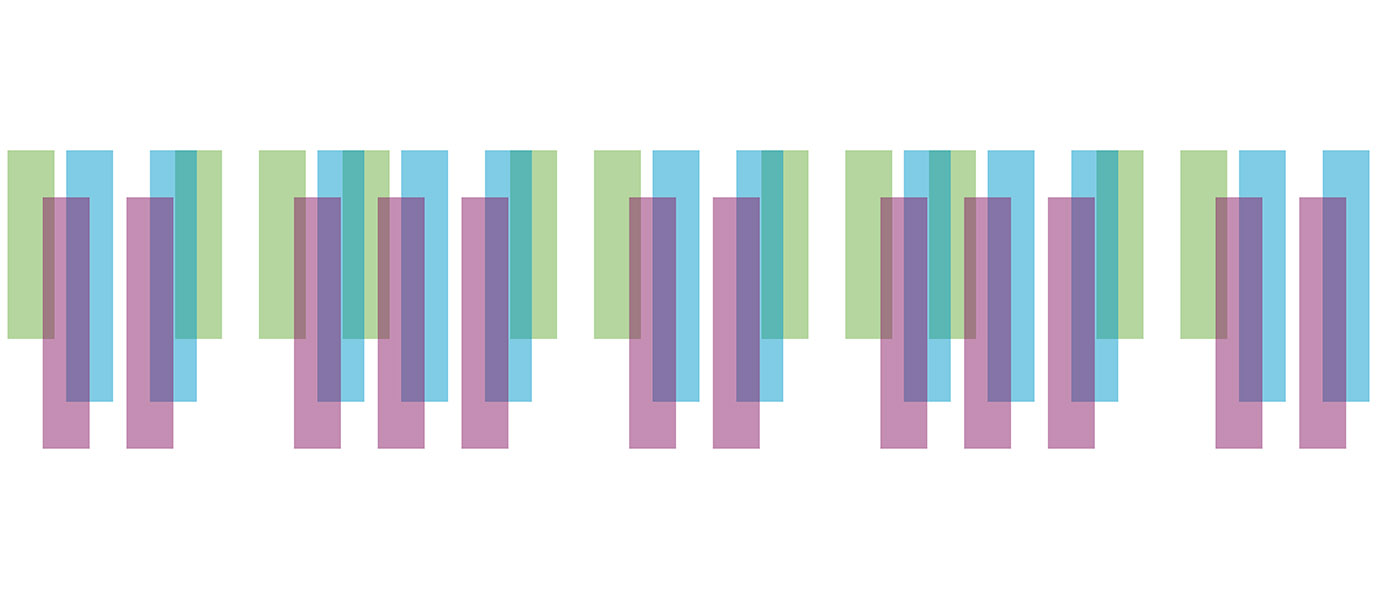This is an excerpt from How to Practice the Piano: A Student Companion Guide to “The Essential Guide for Boosting your Child’s Piano Skills”. For more tips for both students and parents, download the full guide here.
If you’re taking piano lessons, practicing is most likely required. While it might not be your favorite thing to do, it’s the only way to get to the really fun parts of playing the piano.
Here are 7 really important tips for how to practice the piano:
Play slowly when you’re learning a piece
Don’t worry—you don’t have to play your music slowly forever. But, you do need to learn your music slowly. You’re training your fingers and your brain to work together. Here’s a promise: if you learn a song slowly, you’ll be able to play it faster in the end than if you had tried to learn it by playing it fast.
Don’t ignore mistakes
If you find yourself making the same mistake in a piece more than once, STOP! Don’t ignore that mistake! If you ignore it, you’ll just be practicing the mistake. Play that section a few times in a row until you can play it without a mistake. Then you can keep going.
Try playing a piece with the hands separate before you play them together
Sometimes you can learn a song faster if you play only the right hand first. Then, try only the left hand. When you’re familiar with each hand separately, put them together. Here’s something to remember: You eventually DO have to play them together, so don’t wait too long before trying them together. This is a good tip for the first day or two of practice, but by the second or third day of practicing, you should be trying to play both hands at the same time. If you’re really having a hard time with a section, you can always come back and try this trick.
Play your piece in small sections
The slowest way to learn a song is to play it from beginning to end every time. A great trick for learning your music more quickly is to play one section 5 or 6 times in a row. Then, move on to a new section and do the same thing. You can choose how long a section is; maybe it is as short as a measure or maybe it’s a whole line. After you’ve practiced each section, then try playing the whole song from beginning to end.
Keep a steady tempo
Most pieces have a part that will be easier for you to play than another part. A common practicing mistake (I’ve made this one many times too!) is to play the easy sections faster (because they’re easy) and the harder sections slower (because they’re harder). But, if you practice the song like that, you’ll get used to doing it that way and it will be a challenge to play it correctly for your teacher or for a performance.
Look for patterns and repeated sections
You can find patterns in your music before you even try playing it. Sometimes a whole measure will be repeated somewhere else in the song. Or maybe you’ll notice a pattern of steps and skips that will make it easier to play the piece. If you spend just 5 minutes at the beginning of the week looking for patterns in your music, your practice time will be more efficient (and if you don’t know what efficient means, ask someone else or look it up—it’s a good word to know!).
Concentrate
If you’re not thinking about the music as you’re playing it, your practice won’t be as efficient (there’s that word again!). But, if you’re focused while you play, you’ll find yourself learning songs much more quickly and having more fun while playing.
For some parent-specific tips, check out Seven Essentials for Boosting your Childs’ Piano Skills.
This is an excerpt from How to Practice the Piano: A Student Companion Guide to “The Essential Guide for Boosting your Child’s Piano Skills”. For lots more tips, download both the parent and student editions here.

